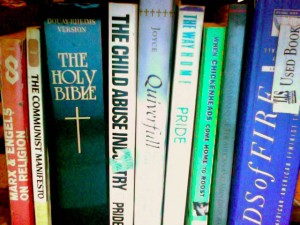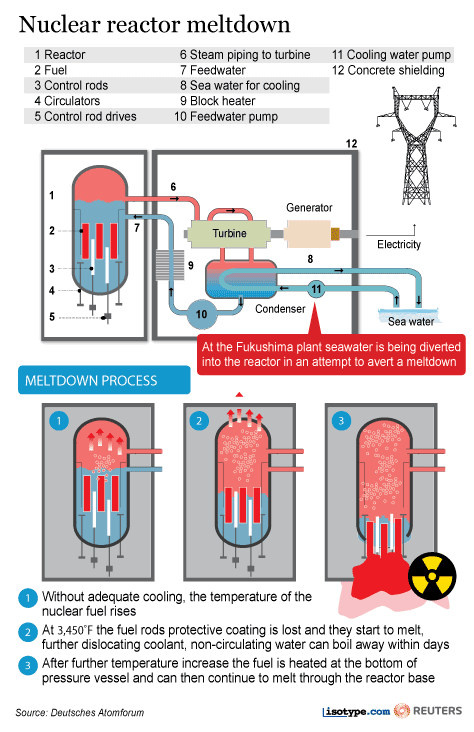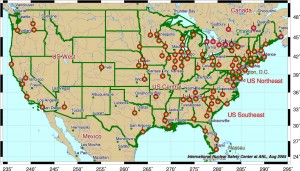Most cookbooks spend a life of solitude on a dusty shelf only pulled down to have sauces splashed on them for special occasions. The following two cookbooks deserve to be enjoyed in front of a fireplace with a glass of wine just like your torrid romance novels.
The Physiology of Taste
Jean Anthelme Brillat-Savarin
As Henry Fielding was to the English novel, so was Jean Anthelme Brillat-Savarin to the literature of gastronomy. It was Brillat Savarin who first said, “Tell me what you eat, and I will tell you who you are.”
If you’re a serious cook, this unusual volume will be old toque to you. But I’m surprised again and again at how often Brillat-Savarin slips below the radar of so many readers, even some who, like your humble servant, read cookbooks just because!

His peerless masterpiece (title translated from the original French) was The Physiology of Taste, or Transcendental Meditations on Gastronomy, theoretical work, history and agenda, dedicated to Parisian gastronomy, by a professor, a member of several scholarly literary societies.
Originally published in December 1825, two months before Brillat-Savarin died, it’s a wonderful mix of 19th century French gourmandise, Enlightenment curiosity, and high spirits – this is a man with whom one might dine every day for a year and he’d never run out of food lore and opinion … or aphorisms and wit.
According to Wikipedia, remarkably, The Physiology of Taste
“… has not been out of print since it first appeared, shortly before Brillat-Savarin’s death. Its most notable English translation was done by food writer and critic M. F. K. Fisher, who remarked “I hold myself blessed among translators.” Her translation was first published in 1949.” — (Wikipedia)
There are recipes, though they’re more like vivid descriptions of a dish than precise, detailed directions as we know them. There are stories such as one might have heard over port a few years after Waterloo, expansive and entertaining table talk, part fabliau, part restaurant review, and part philosophy, scientific and spiritual alike.
Let’s consider Chapter VI: On Food In General. After a brief essay on bouillon and boulli, the boiled meat whence bouillon comes, Brillat-Savarin moves on to poultry, with particular fascination for the North American wild turkey; this leads in turn to the tale of a 1794 American turkeyshoot in which he participated. Next he strides in seven-league boots through the categories of game, from thrushes, snipe, partridge, quail, and rabbit, to wild boar and roebuck. Finally he turns to the piscine world and explains why fish is less nourishing than meat but a far more potent aphrodisiac.
Then he pauses to recount the story of a crustacean-mad colleague with whom he shared a dinner: both men consumed three dozen raw oysters apiece, at which point Brillat-Savarin called a halt while his dining companion feasted on, consuming no fewer than thirty-two dozen oysters before the two tucked into the main course. All of which leads to the following marvelous Philosophical Reflection:
“Fish, by which I indicate all species of it considered as a whole, is for a philosopher an endless source of meditation and of astonishment.
“The varied forms of these strange creatures, the senses which they lack and the restrictions of those they possess, their different means of existence, the influence upon this of the places in which they must live and breathe and move about: all these things extend the world of our ideas and the limitless modifications which spring from matter, from movement, from life itself.
“As for myself, I feel something like a real respect for fish, which comes from my profound persuasion that they are plainly antediluvian creature; for the great Flood, which drowned our grand-uncles toward the eighteenth century of the creation of the world, was for the fishes no more nor less than a period of joy, conquest, and festivity.”
The Physiology of Taste abounds in such passages, as well as stories, scientific speculation, ecclesiastical and military history, not to mention a thorough primer on dangerously stimulating foods like the highly erotic truffle, and coffee, widely regarded as the crystal meth of its day. Brillat-Savarin explains why apothecaries prescribed and concocted various mixtures of chocolate as medications, and offers expert advice on how to hang, age, and stuff a pheasant with a pair of woodcock to make a gamy but unforgettable hunters’ meal. Not merely a book about food, this surprising, wide-ranging work is a treatise on late 18th- and early 19th century European life and world view, gathering into its capacious apron everything from natural philosophy to Napoleon’s various appetites to a vignette of a pretty demoiselle gourmande feasting at a groaning board; it’s a truly delicious book, fascinating, irresistible, and shot through with the profoundest pleasure at nature’s bounty. Even if it doesn’t seduce you into full-blown foodie-hood it will give you a new understanding of why the people who are passionate about food and cooking are the way they are.
Modernist Cuisine: The Art and Science of Cooking
Nathan Myrhvold, Chris Young, and Maxime Bilet
At a list price of $625 (but knocked down at Amazon.com to a frugal $460 and change) the new cookbook from former Microsoft Chief Technology Officer Nathan Myrhvold is described by Tim Zagat as “The most important book in the culinary arts since Escoffier.”
Even to describe Modernist Cuisine as a “book,” while true, is nevertheless rather misleading, something like comparing the US Army Official History of World War II with Norman Mailer’s The Naked and the Dead. Myrhvold and his co-authors spent a substantial Microsoft-generated fortune to create a no-expenses-spared Cooking Lab where a staff of 20 have created entirely new and astonishing flavors and extraordinary textures using equipment more suited to a chem lab than to a kitchen: autoclaves, water baths, homogenizers, vacuum chambers and even centrifuges, to work postmillennial magic on scary-sounding ingredients like hydrocolloids, gels, emulsifiers, enzymes, and foams.

The package itself is military-industrial in scale: six oversized volumes totaling 2,400 pages and weighing 50 pounds, illustrated with thousands of photographs and diagrams. The authors, scientists all as well as accomplished chefs in their own rights, have followed the path blazed by such pioneers of ‘molecular gastronomy’ as the Adrìa brothers at the Catalonian restaurant elBulli, named five times since 2000 as the best in the world, or Heston Blumenthal, who has led the Fat Duck, 25 miles from London, to its own 2005 Best Restaurant title.
The exotic gizmos and the bizarre though wonderfully tasty foodstuffs they produce tend to get the lion’s share of the food-critical attention (and not a little skepticism from much of the high-end gourmet world) but Myrhvold, Young, and Bilet haven’t limited themselves to cool futurist cuisine; their ambition is nothing less than to provide an encyclopedic reference to cooking in all its myriad aspects. There’s an entire chapter devoted to water, and your trusty old wok gets the same respect and attention as the latest in sous-vide technology. If you’re not so sure about splots and splashes of Day-Glo sauce deployed with a casual yet utterly calculated flick over a frothy confection that might have started out as a scoop of bone marrow, you should know that one reviewer declared the Modernist Cuisine‘s version of Mac’n’Cheese the best ever created. The book examines and explains everything: you’ll get all the usual methods (and some all-but-unheard-of techniques too) but you’ll also get detailed explanations not only what will come out of any given beaker, Klein bottle, or cast-iron kettle but also what is happening at every stage of the cooking process, whether a time-honored roast or a day-after-tomorrow centrifuged smoothie.
Meats alone get more than 250 pages of comprehensive coverage, and over 300 more present recipes created by many of the world’s most accomplished chefs. And while some of the more recherché machines and elaborately futuristic processed creations are sure to daunt all but the truly stout of heart, this encyclopedic reference to the culinary arts and sciences is a book that gets about as close as it’s possible to get to being all things to all cooks.
We began this week’s reading with one of the earliest literary endeavors that could in some way be described as a cookbook — written by a bon vivant who was also, by the lights of his age, a scientist. It seems, then, entirely fitting to close with the admiring words of David Chang (of Momofuku fame ) who described Modernist Cuisine as “the cookbook to end all cookbooks.”









